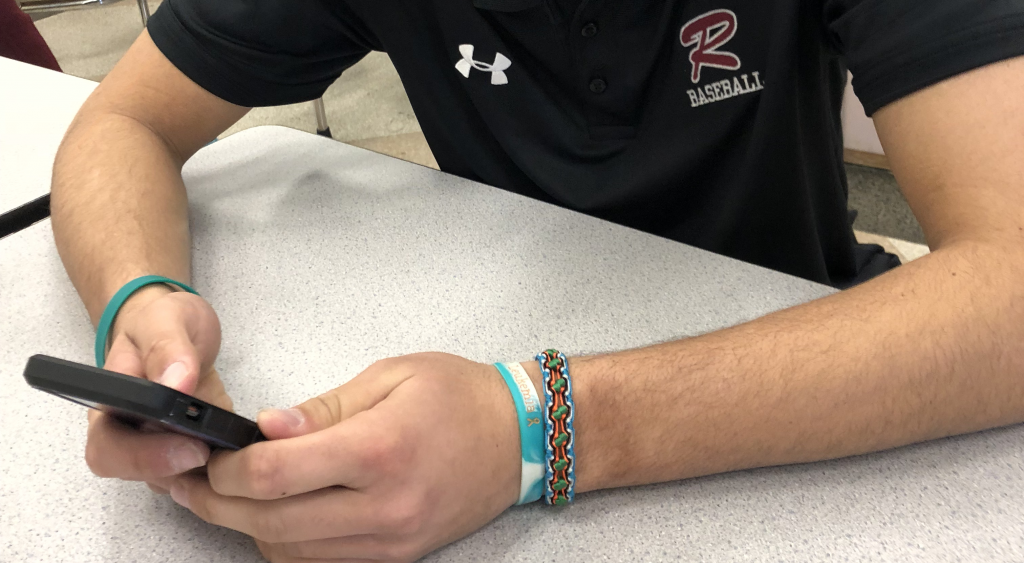How many hours are you on your phone a day: two, six, eight hours? Do you think the number of hours you are on your phone impacts you? As the presence of technology grows to be more prominent, children are being provided with increased access to screens such as cellphones, computers, and the television.
In a day and age where technology surrounds us, it is often difficult for parents to restrict their kids access to such appealing and attractive devices. It is undeniable that such gadgets offer many features and endless activities to consume an individual’s time, but as one spends more time face to face with their device it can become increasingly difficult to cut back on screen-time. It can also be addicting to a curious child, who may demand to spend more time on it. All of this results in bad habits as children miss out on social and hands on experiences.
Children are beginning to develop traits such as increased restlessness, aggression, frustration, impulsiveness, outbursts in temper, and difficulty paying attention. On average, teens spend nine hours a day online which could affect their eyesight. Being on your phone for that many hours a day may cause pain in fingers, wrist neck and back, and narrowed eye blood vessels.
As Ridgewood High School students receive large amounts of homework being glued to different devices impacts their lack of sleep. Students procrastinate over completing their homework at a reasonable time by spending more time online. In addition, being on any technology devices for that long could create pathways in the brain related to addiction, depression, or even suicidal tendencies. Those who are less active and are on technology all day may suffer from mental health issues.
According to Teens, Social Media & Technology 2018: YouTube, Instagram and Snapchat are the most popular online platforms that teens are using daily. About 95% of teens have access to a smartphone, and 45% say they are online almost everyday.
Overall, the use of technology impacts teens tremendously throughout high school, and it is a problem which is only increasing in younger students.
Maya Ben-Hur
staff writer
Graphic: Maya Ben-Hur

